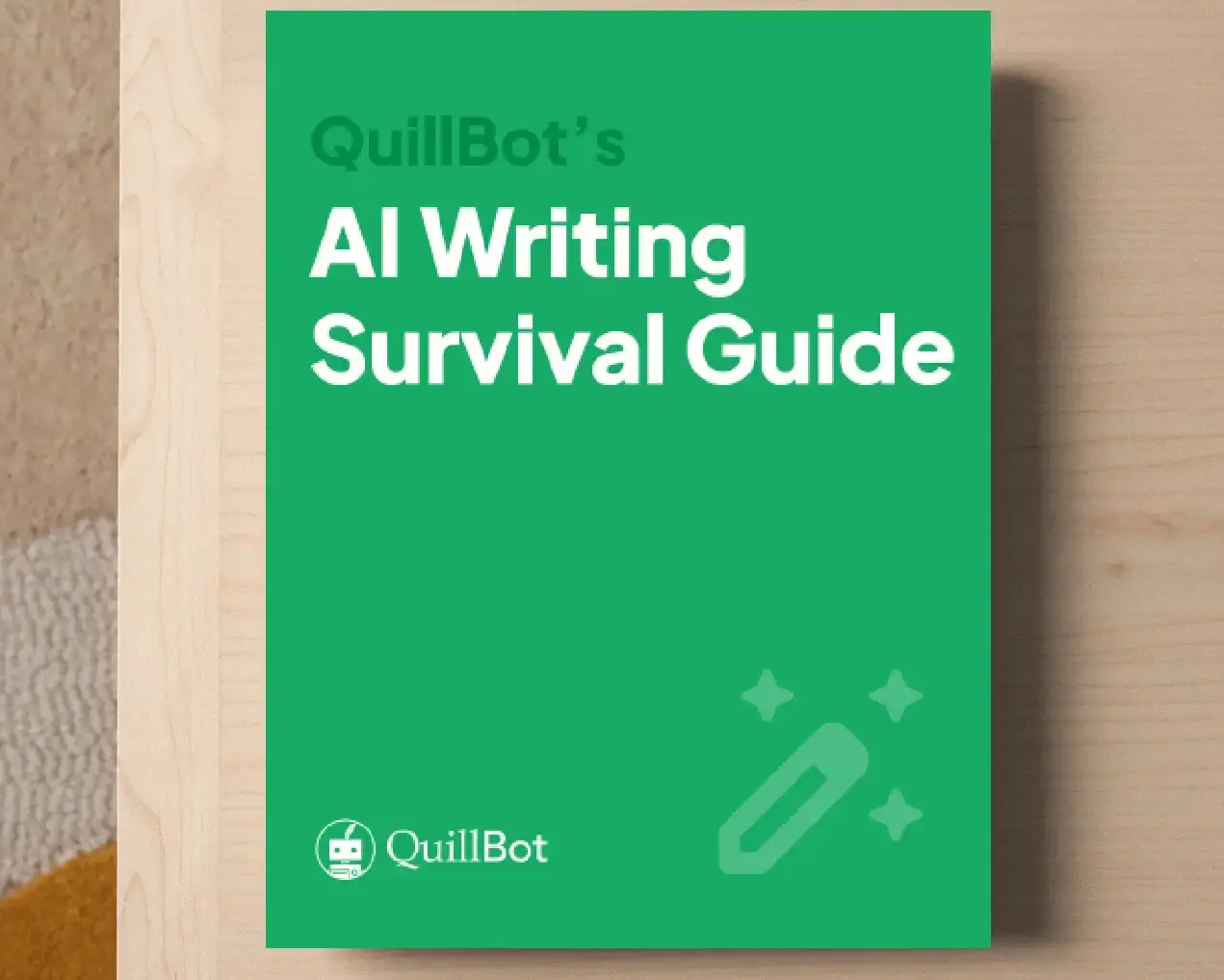Unreliable Narrator | Definition & Examples
An unreliable narrator is a literary device used by authors for a number of possible purposes. Such a narrator can cause mystery or confusion in the reader’s mind (e.g., in Heinrich Böll’s The Lost Honor of Katharina Blum) or emphasize the gulf between the narrator’s and reader’s worldview (e.g., in Vladimir Nabokov’s Lolita).
If you’re not sure if the text you’re reading or studying has an unreliable narrator, then ask QuillBot’s free AI chat for an explanation!
“An obliging stranger, under pretence of compactly folding up my bank-notes for security’s sake, abstracts the notes and gives me nutshells; but what is his sleight of hand to mine, when I fold up my own nutshells and pass them on myself as notes!”—from Charles Dickens’ Great Expectations
What is an unreliable narrator?
There is an unspoken agreement in literature, especially novels and short stories, that the narrator will tell the truth to their audience. This is especially true with omniscient third-person narrators.
An omniscient third-person narrator tells the story from a godlike position. They know and see everything and can even tell you what characters are thinking and feeling. As they are the sole source of information for the reader, it is natural to expect them to be honest. In most cases they are.
“Orr would be crazy to fly more missions and sane if he didn’t, but if he were sane he had to fly them. If he flew them he was crazy and didn’t have to, but if he didn’t want to he was sane and had to. Yossarian was moved very deeply by the absolute simplicity of this clause of Catch-22 and let out a respectful whistle.”—from Joseph Heller’s Catch-22
A first-person narrator tells the story from their perspective, using pronouns like “I,” “me,” “mine,” etc. Because this limits the reader’s knowledge to what the narrator sees, thinks, feels, and experiences, there is much more opportunity for unreliability.
Why do authors use unreliable narrators?
There are probably as many answers to this question as there are examples of unreliable narrators. Some common reasons are described below.
To explore the character’s motivation
Using an unreliable narrator can allow an author to explore the psyche and motivations of this narrator.
One notable example of this is Humbert Humbert, the narrator of Vladimir Nabokov’s novel Lolita. Humbert Humbert is a pedophile but portrays himself as the victim of his actual victim’s seduction.
The reader is thus forced to see the behavior from the perpetrator’s viewpoint and to confront the uncomfortable existence of humanity in a monster.
Intriguingly, Nabokov layers the uncertainty; first of all, he uses a frame narration—a story within a story. The preface to the novel is written by a fictitious editor, casting some doubt on the reliability of the tale. Then, in later editions, Nabokov himself adds to the sense of unreliability with a postscript:
“After doing my impersonation of suave John Ray, the character in Lolita who pens the Foreword, any comments coming straight from me may strike one—may strike me, in fact—as an impersonation of Vladimir Nabokov talking about his own book.”—from Vladimir Nabokov’s Lolita
The talk of impersonation adds to the sense of unreliability.
To reinforce the mystery in a story
When the reader is restricted to just one person’s point of view, it can create uncertainty and mystery. If the reader further has reason to doubt the honesty or reliability of the narrator, this mystery is amplified,, which can help maintain the reader’s interest.
In Charles Palliser’s novel Betrayals, 10 apparently unconnected tales gradually are woven together. They take the form of a letter, an obituary, and a diary, among others, and the perspective is sometimes first-person and sometimes third-person. It’s an intriguing take on the unreliable narrator.
Another example is Joseph Conrad’s novella Heart of Darkness. This tale is also a frame narration, with the unnamed narrator largely retelling the tale told by Marlow. The narrator is so invisible that, on the few occasions he breaks Marlow’s narrative, it can catch the reader by surprise.
Marlow’s deception of the “Intended” at the end of the novella adds to the uncertainty the reader feels, given the second-hand retelling and Marlow’s own lack of objectivity the deeper he journeys into the heart of darkness.
There are many examples of unreliable narrators to be found in literature. In many cases, the purpose is to unsettle the reader, forcing them to pay attention to the assumptions they make.
Frequently asked questions about unreliable narrator
- What is a frame narration?
-
A frame narration is often called a “story within a story.” In Joseph Conrad’s Heart of Darkness, the narrator gives some introductory descriptions, but then almost the entire novella is his retelling of the tale that Marlow tells his listeners.
A frame narration is a useful technique for putting distance between the author and their reader, as it is more clear that the author and narrator are not the same person.
If you’re not sure about this or any other literary technique, you can always ask QuillBot’s free AI Chat for a quick and clear answer.
- What are some examples of an unreliable narrator?
-
There are many examples of unreliable narrators in literature. Some famous works that use this technique are:
- Lolita by Vladimir Nabokov
- Heart of Darknesss by Joseph Conrad
- Chronicle of a Death Foretold by Gabriel Garcia Marquez
- Great Expectations by Charles Dickens
- The Lost Honor of Katharina Blum by Heinrich Böll
If you’re not sure whether the text you’re reading is an example of an unreliable narrator, just ask the free QuillBot AI Chat.
- What is an omniscient narrator?
-
An omniscient narrator knows everything happening in a story, including the actions, thoughts, and feelings of all characters. The term comes from the Latin omni- (“everything”) and scientus (“knowledge”).
While first-person point of view gives readers access to only one character’s perspective, and second-person point of view addresses the reader as “you,” an omniscient narrator—usually in third-person point of view—can share multiple characters’ inner thoughts and provide a complete picture of the story world.
You can use QuillBot’s Paraphraser to find new ways of saying “omniscient narrator” (or anything else!)
- What is a limited point of view?
-
A limited point of view, often found in literature or film, usually describes a narrator who has limited knowledge of the action being described.
A first-person narrator is an example of a limited point of view, as the reader or viewer only knows what the character in question knows.
Often, even a third-person narrator will offer a limited point of view, depending on what the author’s intentions and needs are.
If you want to make sure your own writing is grammatically correct, try the free QuillBot Grammar Checker.
Cite this Quillbot article
We encourage the use of reliable sources in all types of writing. You can copy and paste the citation or click the "Cite this article" button to automatically add it to our free Citation Generator.
Marshall, T. (2025, October 28). Unreliable Narrator | Definition & Examples. Quillbot. Retrieved November 2, 2025, from https://quillbot.com/blog/creative-writing/unreliable-narrator/

